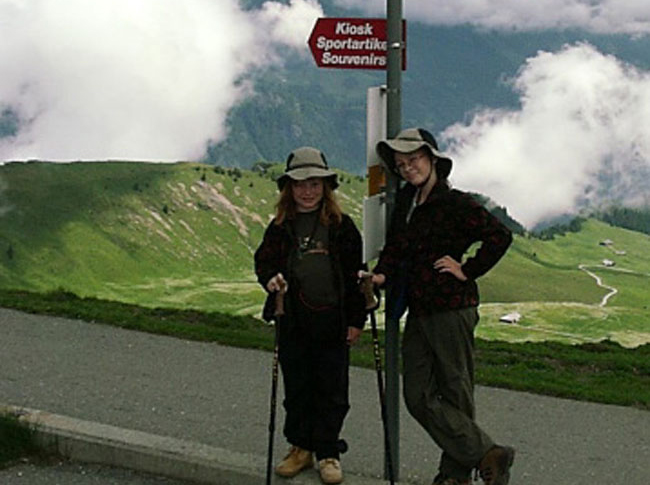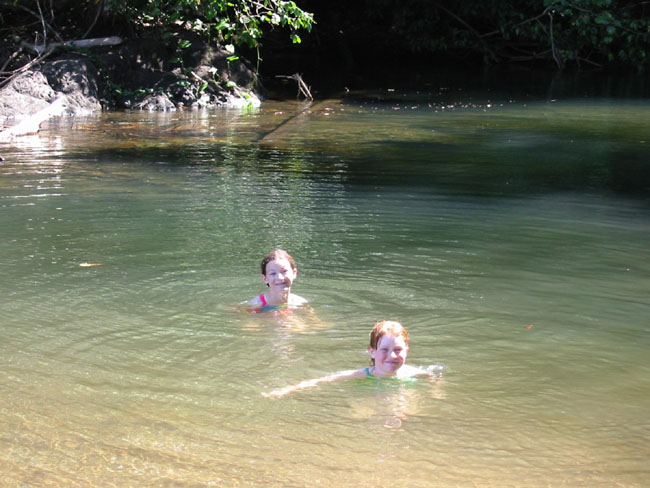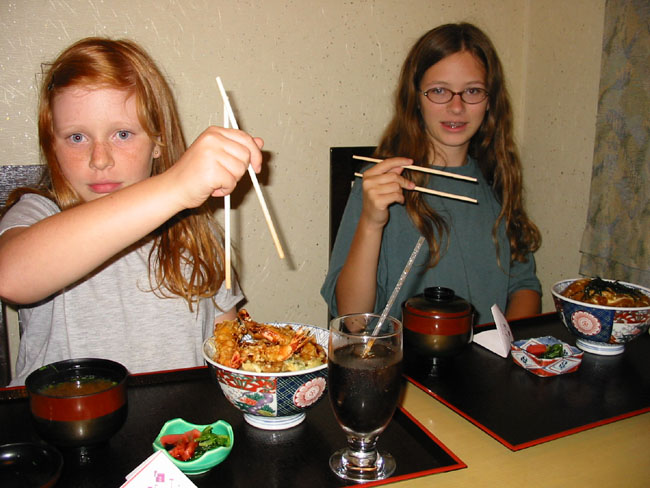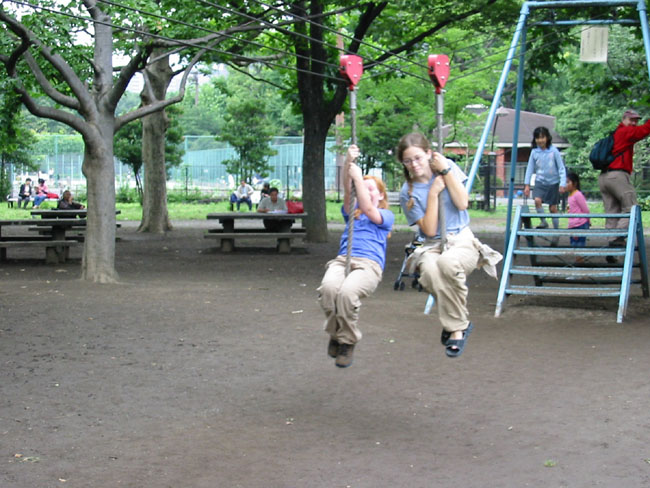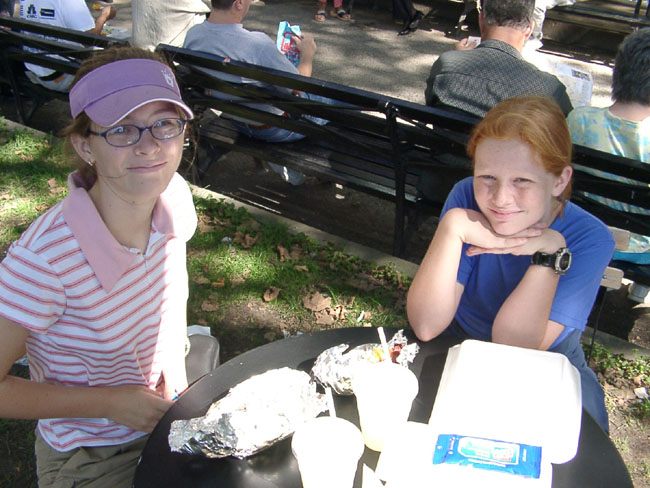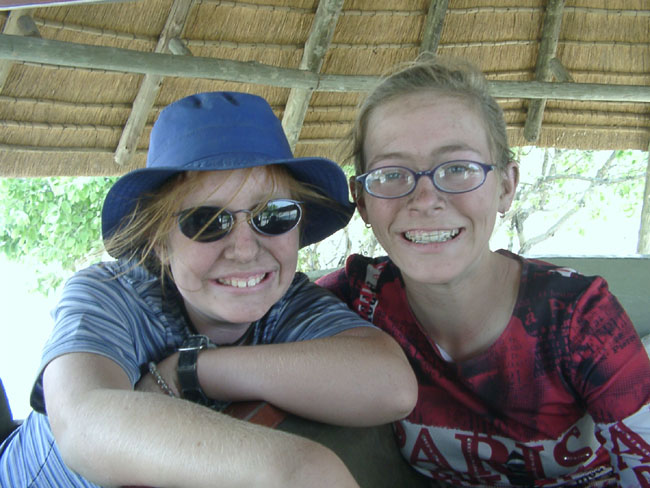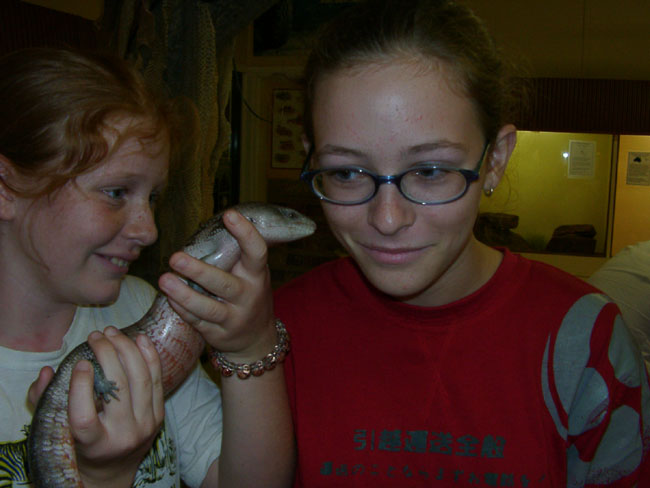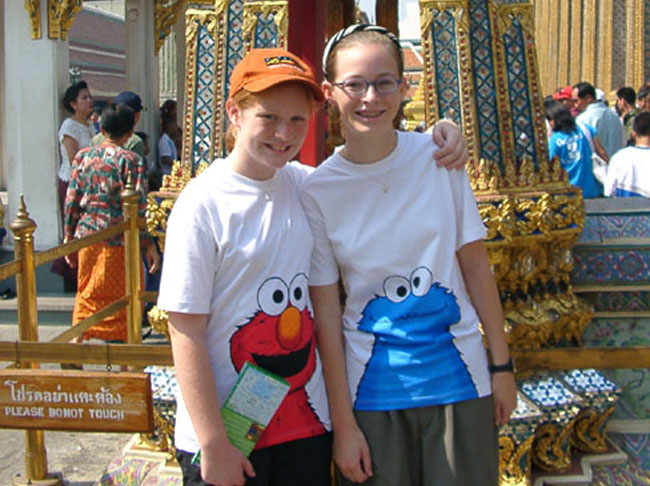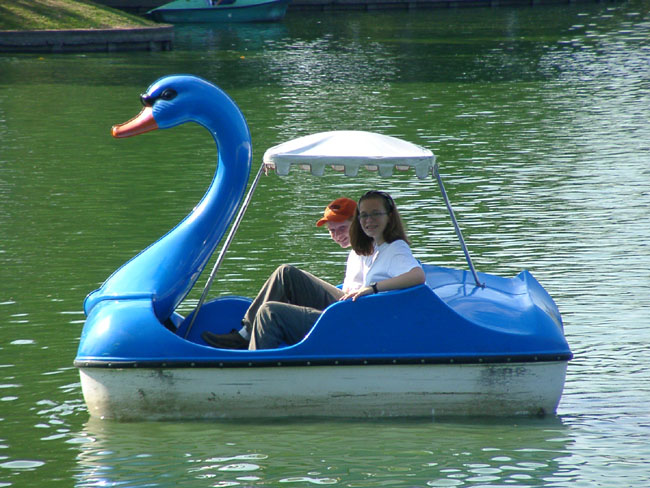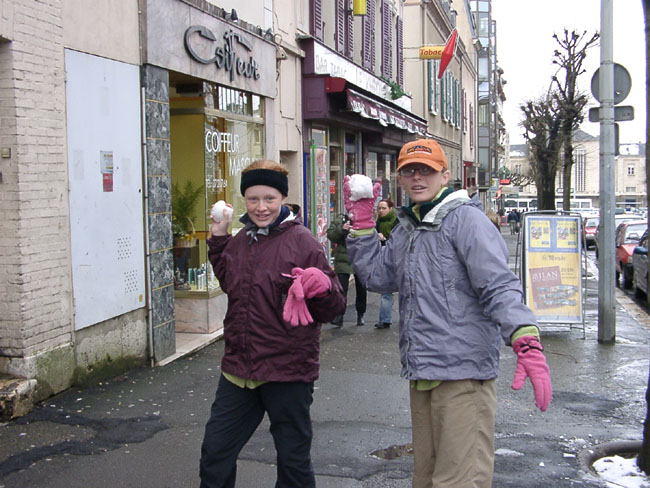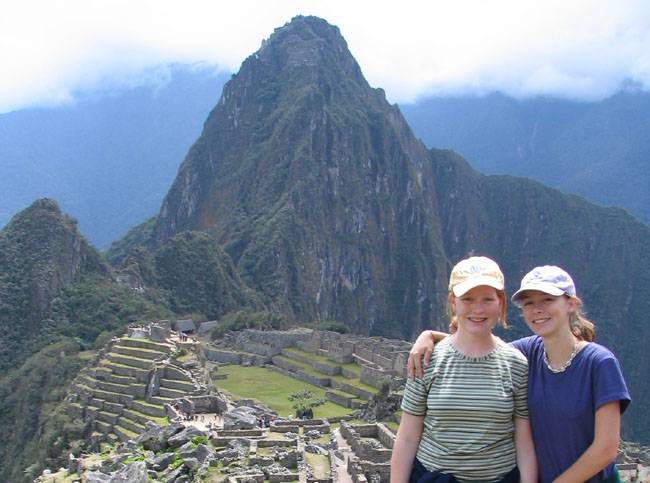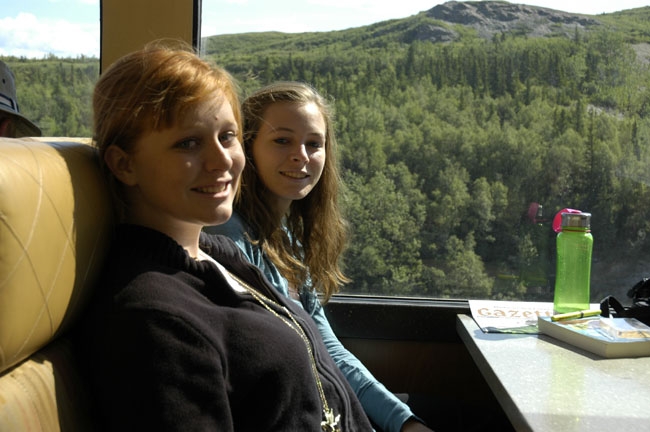No matter how young your children are, there are ways to bring them along on a family vacation and still have a wonderful experience. We have taken great trips with our two daughters from age three through their teen years. They have been to a total of 30 countries all over the world. Successful trips with children just take a little planning, communication and creativity. So, here are 10 tips that can work with all ages to make your next vacation the best ever!
1. Plan a progression of travel with your children
Just like we would not hop on a plane and travel to a new and different country on the other side of the world without some kind of preparation, children also need some progression to prepare for a big trip. So before you take them to Europe for two weeks, try some short journeys to prepare them. For example, visit museums close to home, camp overnight in the backyard, drive for a few hours in a car or take a short plane flight. As we traveled more with our daughters as they grew up, we found this to be very useful as we prepared for each trip.
2. Let the kids have a say in the pre-trip plans
While planning the trip, get the children’s ideas of what they want to do and try to include one of them in your final plans. This will provide them with a sense of contribution to the vacation and something to look forward during the trip. For example, when we went to Australia with our 10 and 13 year old girls they wanted to go to a zoo so we planned our time to include this request.
3. Provide them with some background on the place you are visiting
No matter what the age, there are books, DVDs and Internet materials available on your destination to share with your kids prior to the trip. Look at book stores, your local library or teacher supply stores. When our children were six and nine we took them to Europe for three weeks. We spent time before the trip reading and looking at pictures with them of the Swiss Alps and Paris to get them acquainted with these destinations.
If they like music, find examples of the latest songs. Check out the popular sports and teams in the area and learn about them. When going to a foreign country with older children, teaching them a few words of the local language (“Hello, Please, Thank You”) will help them feel more comfortable with the country they will be visiting.
4. Have age appropriate material for them
Vacation items for children can be inexpensive, such as travel games, coloring books, picture / reading books, and small toys. The important thing to remember is that the material is something that children can have when they are in the car, at the airport, or on the plane when they can easily get bored. On longer vacations, give them some things at the beginning of the trip and save other items for later in the journey or even for the trip home to provide some variety.
Along these same lines, purchasing small mementos along the way can serve as a reward for a child’s good behavior. On the first international vacation with our three and six year old children, we bought the six year old a small plastic toy lamb (for less than $2.00) in Oxford, England, as a reward for her good behavior during the first part of that trip. She loved that lamb and played with it during the rest of the vacation. Other barnyard friends were added from toy shops along the way as a continued motivator throughout that trip.
On the three-week trip to Europe when our daughters were six and nine, we gave them index cards at the beginning of the trip and added stickers on them when they were well-behaved that day. At the end of the trip, they were able to buy small souvenirs depending on the number of stickers each one of them had accumulated.
5. Carry a map and show them where they are
While in the car, train or plane, pull out a map and show your child where they are and where they will be going. Show them where the current location is relative to their home. Besides providing a sense of geography and navigation, it also helps kids understand how far away they are and what landmark or destination to look for in the future. Talk to them about where they have been so that they can talk to others about it when they get home. For older children, giving them the job of navigation will keep them looking forward and engaged.
6. Provide them with a camera to take pictures
You can buy a small, used digital camera on eBay and give it to the kids. They will love taking pictures of themselves and the sights they see. With a memory card there is no need to spend money developing pictures, so it does not matter how the pictures will turn out. Besides being another way to keep them busy and engaged, who knows, a budding career in photography might develop!
7. Plan some activity every day for them
This may not be possible every day of the vacation, but even a short excursion, such as a visit to a park or the swimming pool, can provide children with an activity they want to do. We took our children to park playgrounds in England (when they were three and six), Japan (when they were eight and 11) and Thailand (when they were 10 and 13). We also went to swimming pools in Switzerland (when they were six and nine) and Australia (when they were 10 and 12). Zoos all over the world have also been a hit. When they were older, the desired activities changed to wanting ice cream, going shopping or checking the Internet.
8. Find time for you and the other adults on the trip
As with the tip above, it is important to have some ‘adult’ time on the trip if at all possible to keep everyone’s sanity in check. After all it is your vacation too. If you are with other adults take turns watching the children and have some time for yourself to see that museum, park or to shop. When we traveled with our young children, we would take turns doing this. When they got older (in their teens) we would even let them get fast food (a treat for them overseas) and have it in the hotel room while we went down the street for a quick dinner alone.
9. Go through each day’s itinerary with them
Each night on the trip let the children know about the next day’s activities. If appropriate, ask for any suggestions they might have as to the order of events, lunch possibilities, etc. If there will be time for a ‘fun’ activity that day (see tip #7 above), let them know that as well. Overall, this knowledge will set their expectations and lessen the possibility of the dreaded “are we there yet” question.
10. Create a memory of your trip when you return
When our children were little, we saved mementos, such as ticket stubs, brochures and maps, while on each vacation and made old fashioned scrapbooks. Now this has evolved into creating websites or Facebook photo albums but the concept is still the same. Even today, when we look through the old pictures, it brings back memories of those special family vacations that we have taken.






